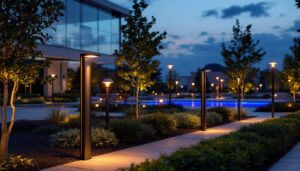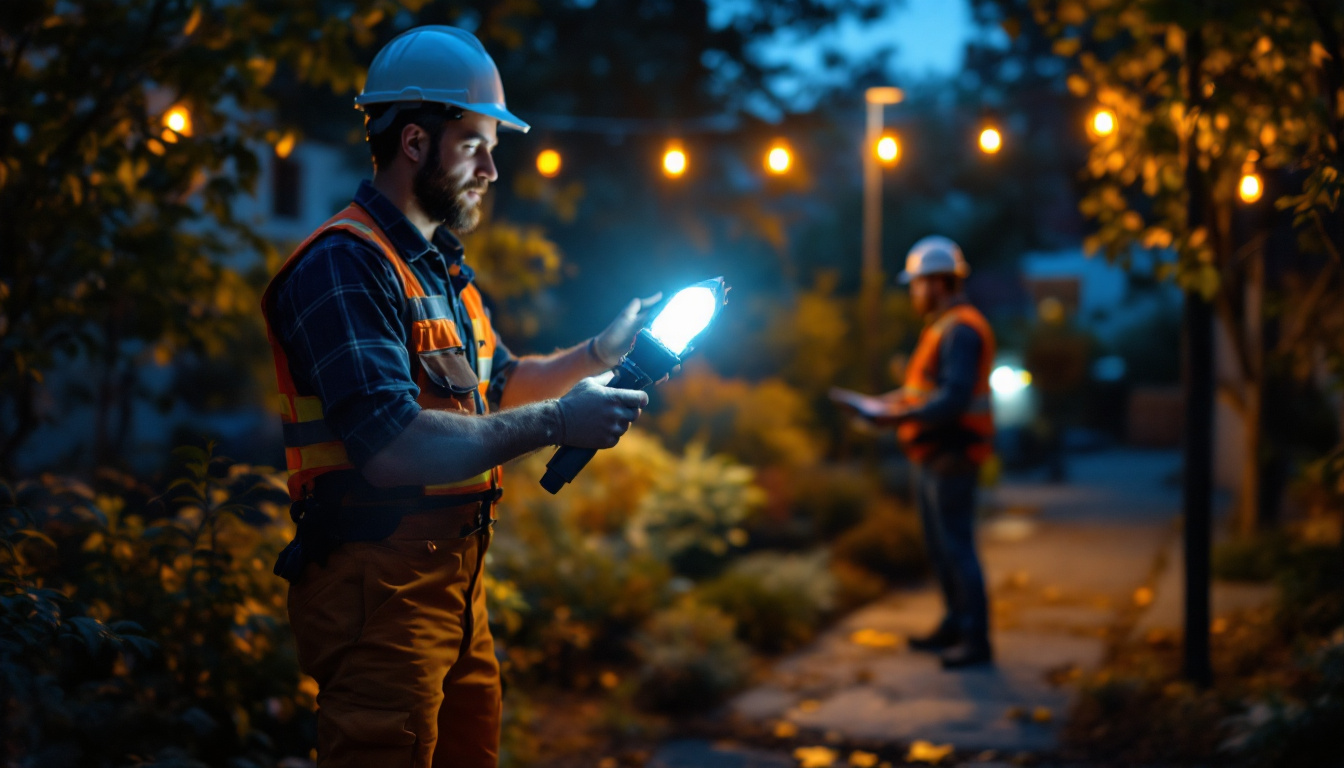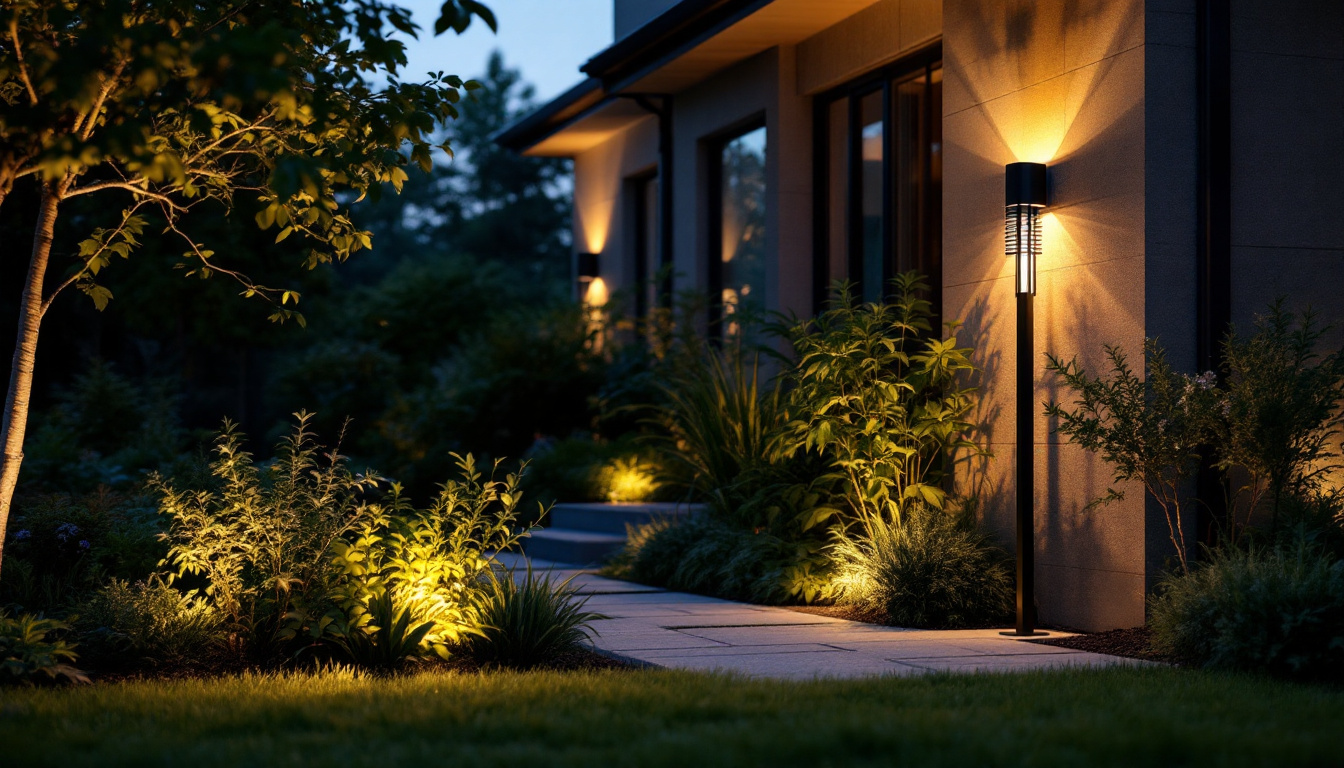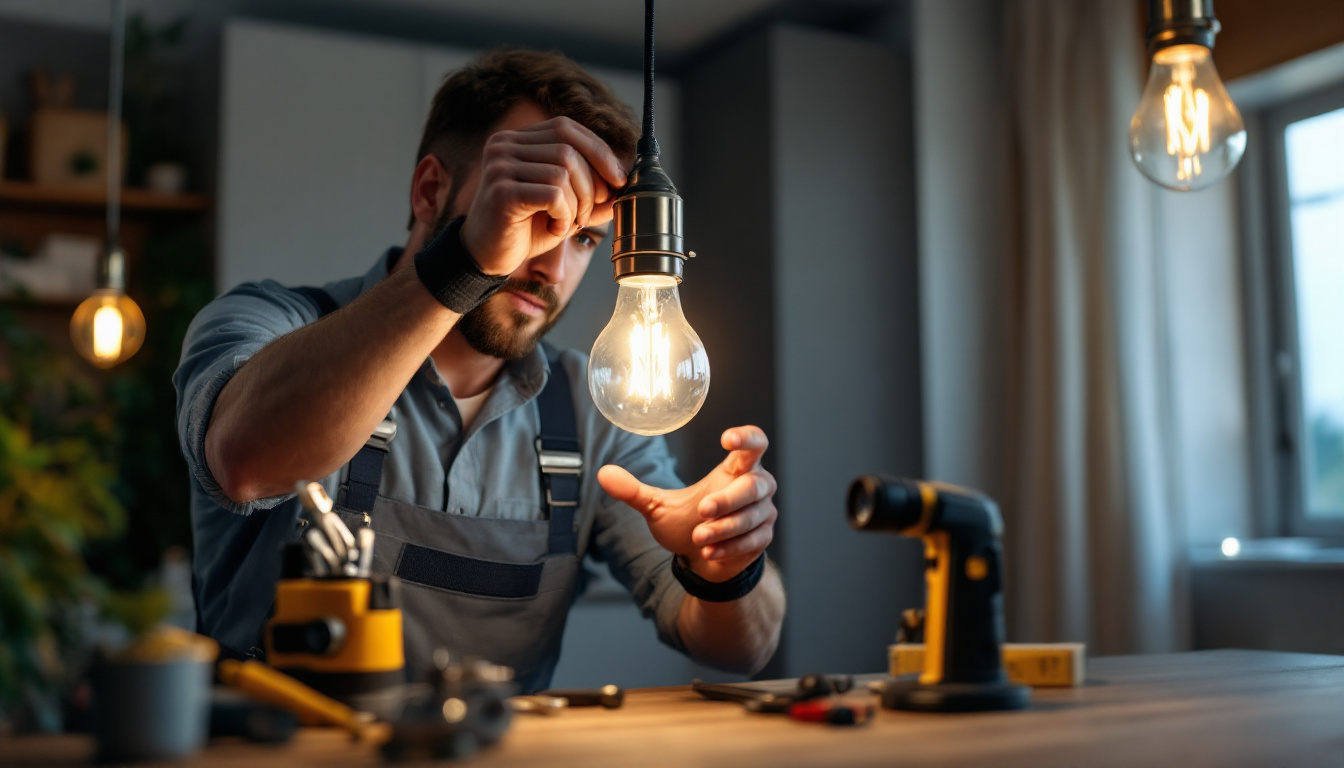

Lighting plays a crucial role in various applications, from streetlights to industrial settings. Among the many options available, high pressure sodium (HPS) lamps have gained popularity due to their efficiency and effectiveness. For lighting contractors, understanding how to choose the right HPS lamps is essential for delivering quality projects. This guide provides insights into the key factors to consider when selecting high pressure sodium lamps.
High pressure sodium lamps are a type of gas discharge lamp that produces light by passing an electric current through sodium vapor. These lamps are known for their distinct yellow-orange glow and are widely used in outdoor lighting applications, such as street and parking lot illumination. Their efficiency and longevity make them a preferred choice for many lighting contractors. In addition to their practical uses, HPS lamps have become a staple in urban environments, contributing to the overall aesthetic and safety of public spaces.
The operation of high pressure sodium lamps is based on the principles of gas discharge. When an electric current is applied, it excites the sodium gas within the lamp, causing it to emit light. The lamp consists of a glass envelope filled with a mixture of gases, including sodium and xenon, which helps in starting the lamp. Once ignited, the lamp reaches its full brightness within a short period. This rapid warm-up time is particularly beneficial for applications requiring immediate illumination, such as during nighttime road work or emergency situations.
One of the primary advantages of high pressure sodium lamps is their energy efficiency. They produce a significant amount of light while consuming relatively low power, making them cost-effective for large-scale installations. Additionally, HPS lamps have a long lifespan, often lasting up to 24,000 hours, which reduces the frequency of replacements and maintenance costs. This longevity not only benefits budget-conscious municipalities but also minimizes the environmental impact associated with manufacturing and disposing of lighting fixtures.
High pressure sodium lamps are commonly used in various applications, including street lighting, parking lots, and industrial facilities. Their ability to illuminate large areas effectively makes them suitable for outdoor environments where visibility is crucial. Furthermore, they are often employed in horticulture, as the specific light spectrum they emit promotes plant growth. In greenhouses, for instance, HPS lamps can be used to extend the growing season by providing essential light during shorter days, thus maximizing crop yields and enhancing the quality of produce. This versatility highlights the adaptability of HPS technology across different fields, making it a valuable asset in both urban planning and agricultural practices.
When selecting high pressure sodium lamps, lighting contractors must consider several factors to ensure optimal performance and suitability for the intended application. These factors include wattage, color temperature, and ballast compatibility.
The wattage of an HPS lamp directly affects its light output and energy consumption. Common wattage options range from 35 watts to 1000 watts. For outdoor lighting applications, higher wattage lamps are typically preferred to ensure adequate illumination over larger areas. However, it is essential to balance wattage with energy efficiency and cost-effectiveness. Additionally, contractors should evaluate the specific requirements of the space being illuminated; for example, areas with high ceilings may require higher wattage to penetrate the distance effectively, while lower wattage options may suffice for more confined spaces.
Color temperature is another critical factor when selecting high pressure sodium lamps. Measured in Kelvin (K), color temperature influences the appearance of the light emitted. HPS lamps typically have a color temperature ranging from 2000K to 2500K, producing a warm yellow light. While this is ideal for many outdoor applications, contractors should consider the specific lighting needs of their projects, as different environments may benefit from varying color temperatures. For instance, areas with heavy pedestrian traffic may benefit from a cooler light that enhances visibility and safety, while residential areas may prefer the warmer tones that create a cozy atmosphere.
High pressure sodium lamps require a ballast to regulate the electrical current flowing to the lamp. It is crucial to ensure that the selected ballast is compatible with the wattage and type of HPS lamp being used. Contractors should also consider whether they prefer magnetic or electronic ballasts, as each type has its advantages and disadvantages regarding efficiency, cost, and installation. Magnetic ballasts are often more durable and reliable in harsh conditions, while electronic ballasts offer improved energy efficiency and can extend the lifespan of the lamp. Furthermore, the choice of ballast can impact the overall performance of the lighting system, including flicker rates and warm-up times, which are essential factors for maintaining consistent lighting quality in various applications.
Proper installation of high pressure sodium lamps is vital for achieving optimal performance and longevity. Lighting contractors should pay attention to various installation factors, including mounting height, fixture type, and environmental conditions.
The mounting height of HPS lamps significantly impacts their effectiveness. For street lighting, a typical mounting height ranges from 14 to 30 feet, depending on the wattage and spacing of the fixtures. Higher mounting heights provide broader coverage but may require more powerful lamps to ensure adequate illumination. Contractors should evaluate the specific requirements of each project to determine the appropriate mounting height.
Choosing the right fixture for HPS lamps is essential for maximizing light output and efficiency. There are various fixture designs available, including shoebox, cobra head, and floodlight styles. Each type has its advantages, and the choice should be based on the application and aesthetic preferences. For example, shoebox fixtures are commonly used for parking lots, while cobra head fixtures are popular for street lighting.
Environmental conditions can affect the performance and lifespan of high pressure sodium lamps. Factors such as temperature, humidity, and exposure to corrosive elements should be considered during installation. For instance, in coastal areas where saltwater exposure is common, contractors may need to choose fixtures made from corrosion-resistant materials to prolong the life of the lamps.
Regular maintenance is essential for ensuring the longevity and efficiency of high pressure sodium lamps. Lighting contractors should be aware of common maintenance practices and troubleshooting techniques to address potential issues.
Conducting regular inspections of HPS lamps and fixtures is crucial for identifying potential problems before they escalate. Inspectors should look for signs of wear, such as discoloration of the lamp or flickering light. Additionally, checking the integrity of the fixtures and ballasts can help prevent unexpected failures.
Keeping fixtures clean is vital for maintaining optimal light output. Dust and debris can accumulate on the surface of the fixtures, reducing their efficiency. Regular cleaning with appropriate materials can help ensure that the lamps operate at their best. Contractors should also be mindful of the need to replace lamps that have reached the end of their lifespan to maintain consistent lighting levels.
Lighting contractors should be equipped to troubleshoot common issues that may arise with high pressure sodium lamps. For example, if a lamp fails to ignite, it may indicate a problem with the ballast or the lamp itself. In such cases, checking the ballast for proper voltage and ensuring that the lamp is securely installed can help identify the issue. Additionally, flickering lights may signal an impending lamp failure or ballast malfunction, warranting further investigation.
When selecting high pressure sodium lamps, cost is a significant factor that lighting contractors must consider. This includes not only the initial purchase price but also ongoing operational and maintenance costs.
The initial purchase price of high pressure sodium lamps can vary based on wattage, brand, and features. Contractors should compare prices from multiple suppliers to ensure they are getting the best value for their projects. Additionally, investing in higher-quality lamps may lead to lower maintenance costs in the long run, making it a worthwhile consideration.
Operational costs include energy consumption and maintenance expenses. High pressure sodium lamps are generally energy-efficient, but contractors should calculate the expected energy costs based on the wattage and usage patterns. Additionally, factoring in maintenance costs, such as lamp replacements and fixture cleaning, will provide a comprehensive understanding of the overall expenses associated with HPS lamps.
Ultimately, the return on investment (ROI) is a critical consideration for lighting contractors. Selecting high pressure sodium lamps that offer a balance of quality, efficiency, and longevity can lead to significant savings over time. By carefully evaluating the total cost of ownership, contractors can make informed decisions that benefit both their clients and their bottom line.
Choosing the right high pressure sodium lamps is essential for lighting contractors aiming to deliver effective and efficient lighting solutions. By understanding the principles of HPS lamps, considering key factors such as wattage, color temperature, and ballast compatibility, and paying attention to installation and maintenance practices, contractors can ensure optimal performance and satisfaction for their clients.
With the right knowledge and approach, lighting contractors can confidently navigate the selection process for high pressure sodium lamps, ultimately enhancing their project outcomes and contributing to safer and more illuminated environments.
Ready to elevate your lighting projects with the right high pressure sodium lamps? Look no further than LumenWholesale for a selection that combines quality with affordability. Our spec-grade lighting products are designed to meet the highest industry standards, ensuring that your installations shine with reliability and performance. Say goodbye to inflated markups and hello to unbeatable wholesale prices, complete with the convenience of free shipping for bulk purchases. Make your next project a beacon of efficiency and cost-effectiveness. Wholesale Lighting at the Best Value is just a click away. Choose LumenWholesale and experience the difference today!

Discover how Yard Light Eye is revolutionizing the future of lighting design and installation with cutting-edge technology and sustainable solutions.

Discover the essential best practices lighting contractors rely on when working with 120V bulbs.

Discover the ultimate guide to 4′ LED bulbs, exploring their benefits, energy efficiency, installation tips, and how they can transform your lighting experience.

Discover essential insights into construction and portable lighting tailored for lighting contractors.
Get notified when NEW deals are released.
Optimize your budget with wholesale discounts.
Only top-quality, specification-grade lighting products.
No additional costs at checkout - what you see is what you pay.
We understand the unique needs of contractors.